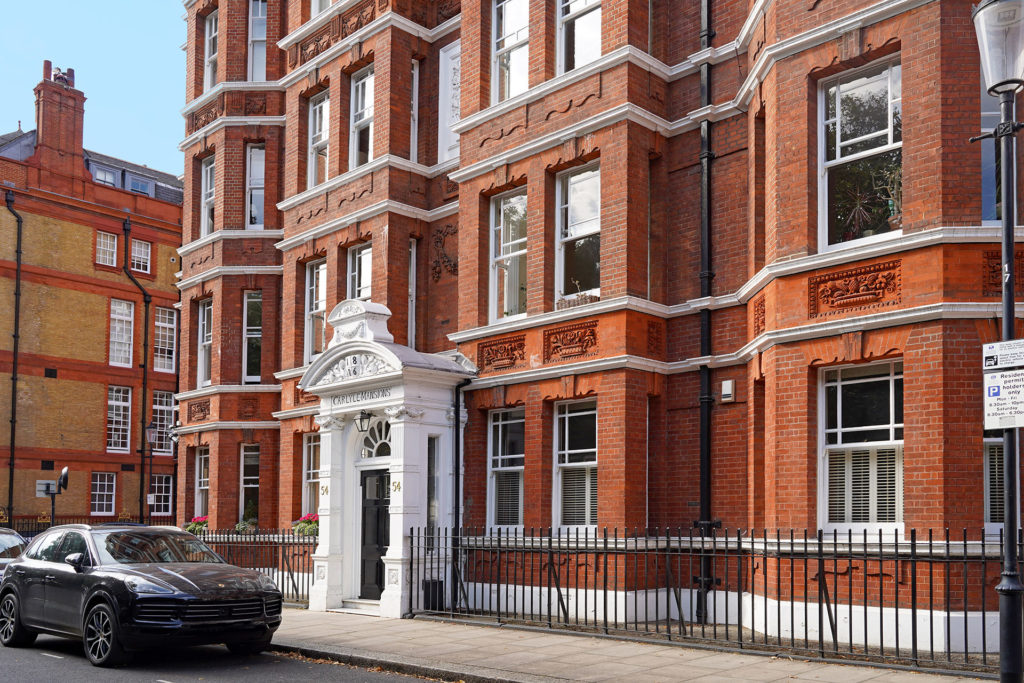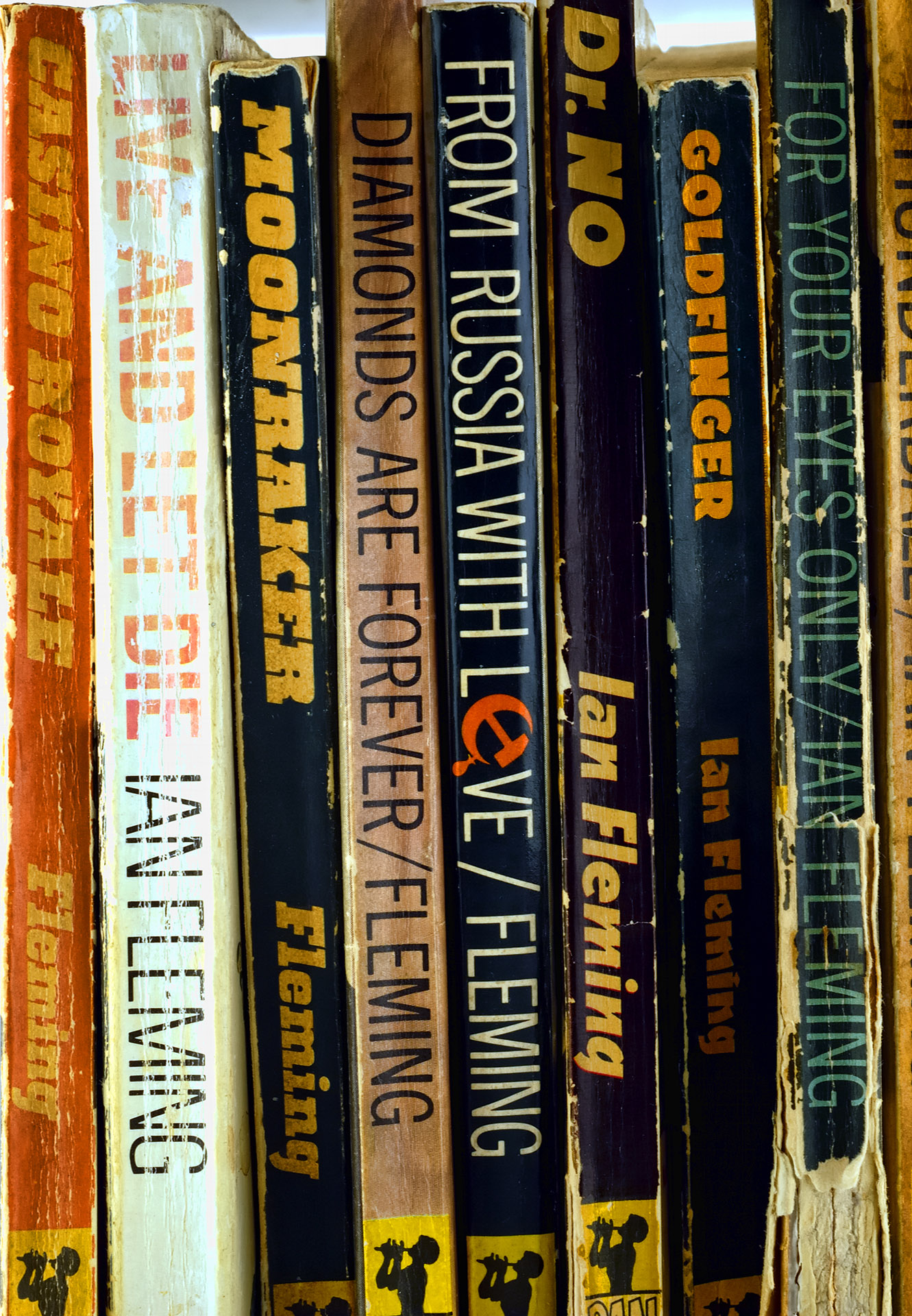From Bond to Boyd
William Boyd is well versed in the spy history of Chelsea and will launch his much-anticipated second Gabriel Dax novel at Chelsea Arts Festival this September, continuing the clandestine adventures of the accidental spy we first met in Gabriel’s Moon (2024). A Chelsea resident himself, this is Boyd’s fourth pursuit of the spy genre – but he’s far from the first, only or last Chelsea native to delve into the shadowy world of espionage.
Discreet streets and hushed cul-de-sacs, elegant squares and clandestine corners: from fiction to hushed reality, here are five things you might not know about Chelsea’s spy history.
Chelsea’s History Of Spies
James Bond
Any keen Bond fan knows the world-famous British spy called Chelsea home and is a key part of the spy history of Chelsea. In Moonraker (1955), we learn he occupied ‘a comfortable flat in a plain tree’d square off the King’s Road.’ At this time, Chelsea wasn’t the luxurious neighbourhood we know it to be today, and its fashion renaissance would commence in the next decade. Artists were drawn to the unassuming West London neighbourhood, with squares of grand houses spliced with shabbier streets. In short, the perfect place to house a spy.
More than half a century later, William Boyd’s Bond novel, Solo (2013), put an address to it: 25 Wellington Square. In reality, 25 Wellington Square was the flat of Demond MacCarthy, an old school friend of Ian Fleming, who himself lived in the area…
Ian Fleming

Bond’s creator Ian Fleming lived at 24 Carlyle Mansions in the early ‘50s, right when he was penning Casino Royale – the very first Bond novel. And he wasn’t the only espionage writer attracted to the borough, calling Erskine Childers (The Riddle of the Sands) and Somerset Maugham (Ashenden: Or The British Agent) neighbours.
It’s very safe to say a spy like James Bond might have occupied such a Chelsea apartment, too: all three of these writers boast a former life as spies, imbuing their fiction with their lived experiences, all the while settled in this leafy London borough. Nearby, not-yet-retired spies were still snooping.
George Smiley
Famed espionage author John le Carré may have lived in Battersea, but his famous fictional MI5 agent George Smiley lived in Chelsea, too: at No. 9 Bywater Street. ‘I chose Bywater Street for Smiley because it’s a cul-de-sac, which is always a headache for watchers,’ le Carré once said. ‘I reckoned Smiley would give himself that sort of advantage over life. The intimacy of the street made it doubly difficult for a surveillance team to escape notice.’
Real British Spies

Kim Philby, Donald Maclean, Guy Liddell, and Greville Wynne are just a few real spies who have lived in Chelsea through the years, mostly during the Cold War. Now infamous, Philby lived in Chelsea in the 1950s, the decade before he’d be caught in the Cambridge Five spy ring. He was friends with Liddell who, despite climbing the ranks to be MI5’s deputy director, would eventually be ousted due to his connections with the traitorous ring. Wynne, meanwhile, was the handler for an infamous Russian spy.
Oleg Penkovsky
During the Cold War, Chelsea was the site of an incredibly valuable clandestine operation. British electrical salesman turned agent Greville Wynne was the handler for Soviet military intelligence officer Oleg Penkovsky, who spilled Soviet secrets to MI6 and the CIA in the 1970s. Their meeting point? It started as a London hotel, but was later Wynne’s home: 19 Upper Cheyne Row, Chelsea. Here, Penkovsky – visiting London under the guise of cultivating new opportunities in the West – would drink alcohol from Wynne’s specially-provided home bar, and agree to be interviewed by British and American intelligence officials.
Now you know so much more about the spy history of Chelsea, why not book a ticket and learn more from William Boyd himself at Cadogan Hall in September.




